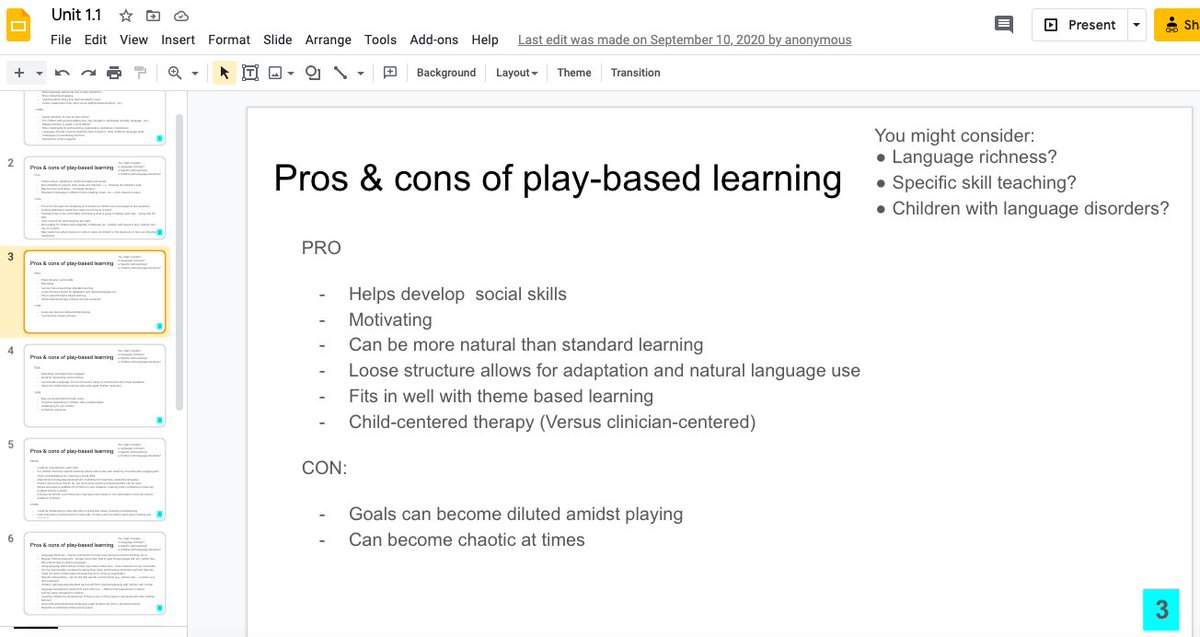
Verhoeven & Perfetti provide a fascinating summary of their volume considering universals in learning to read across language & writing systems.
tandfonline.com/doi/full/10.10…
tandfonline.com/doi/full/10.10…
'Writing systems get the complexity they need'
Verhoeven & Perfetti describe the writing accommodations corresponding to various language features (although I'm not sure this table will be legible)
Verhoeven & Perfetti describe the writing accommodations corresponding to various language features (although I'm not sure this table will be legible)

They then describe 9 operating principles: attend to salient stretches of speech, syllables, written signals, know orthographic inventory, increase familiar words, gain fluency, attend to morphological relations, use knowledge of language, executive functions.
Wagley & @DrJamesBooth found more evidence for syntactic (than semantic) bootstrapping in an fMRI study of 6-7.5 yo. They posited a developmental shift from early influence of semantic to later influence of syntactic boostrapping in school age children.
sciencedirect.com/science/articl…
sciencedirect.com/science/articl…
@DrJamesBooth With findings of a stronger effect of grammatical skills on meaning-based language comprehension, Wagley & @DrJamesBooth suggested that the acquisition of phrase structure in school age children may allow for more effective learning of word meanings.
@DrJamesBooth I thought these findings from Wagley & @DrJamesBooth fit well with focus on morphosyntax in interventions for school age children with #DevLangDis (e.g., see evidence summary be @SusanEbbels -journals.sagepub.com/doi/full/10.11… )
Bernal & co (2009) discuss the need for EBP within a framework of flexibility so cultural adaptations can be incorporated to achieve 'social validity'.
Adaptations may be needed to language, persons, metaphors, content, concepts, goals, methods, context.
psycnet.apa.org/record/2009-11…
Adaptations may be needed to language, persons, metaphors, content, concepts, goals, methods, context.
psycnet.apa.org/record/2009-11…
Dunlosky (2013) provides a nice 'quick summary' of the evidence for various learning strategies.
aft.org/sites/default/…
aft.org/sites/default/…

Guiberson & Vigil examined admission practices & curricula in SLP graduate programs. They provide this list of recommendations for enhancing cultural competence in the curriculum.
pubs.asha.org/doi/abs/10.104…
pubs.asha.org/doi/abs/10.104…

And that's a wrap! Finally finished my annual review. A note on process: I add papers I'd like to read to a folder all year, then set aside time in summer during course updating to read them.
The problem I am having is that there are more papers in that folder every year! And that's even if I try to be very discerning about what I add. I don't know how much longer I'll be able to stick to this, but I mostly enjoy it. I am glad to be done for now though!
@threadreaderapp please unroll
• • •
Missing some Tweet in this thread? You can try to
force a refresh









